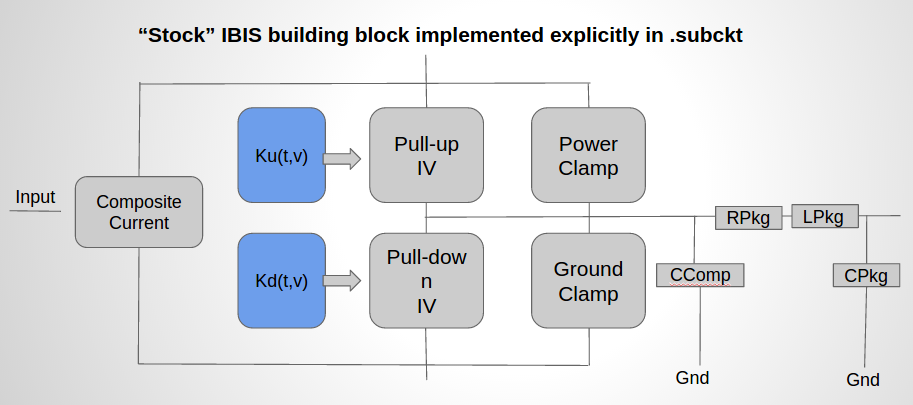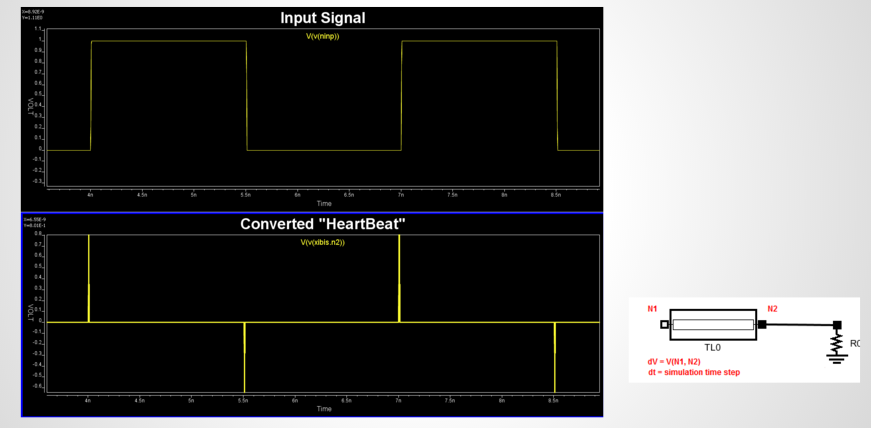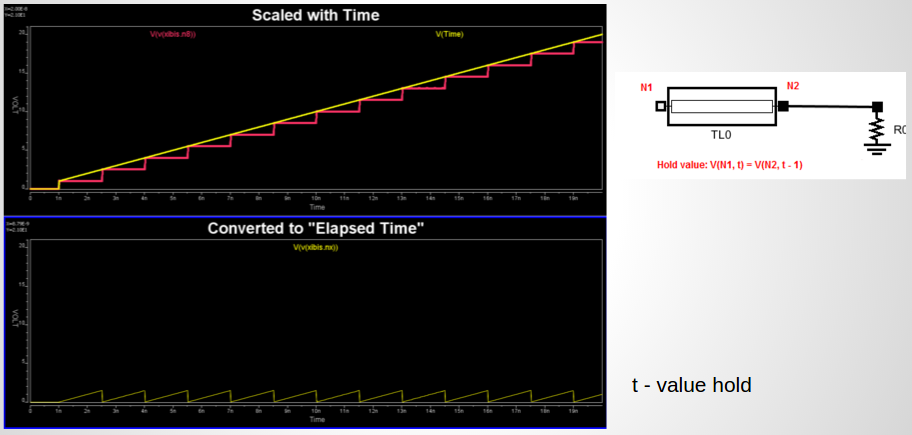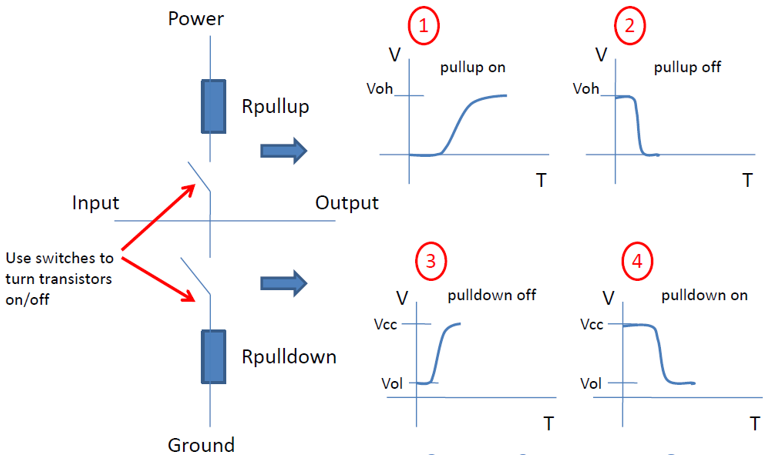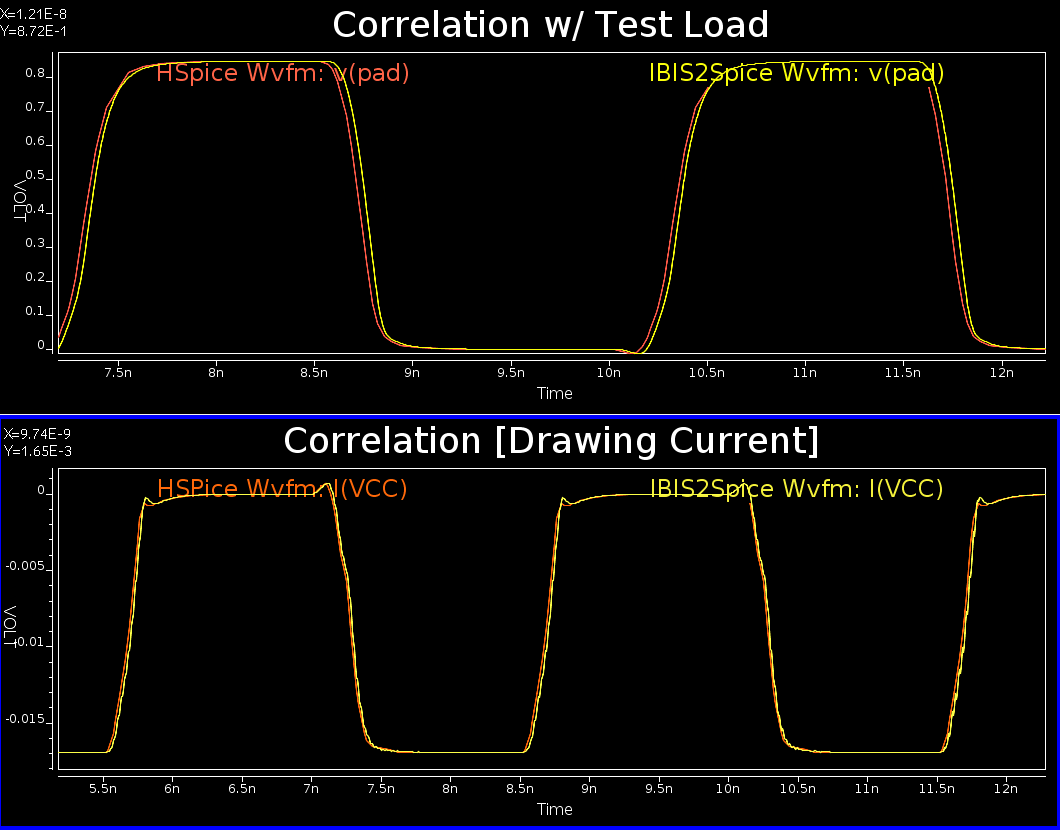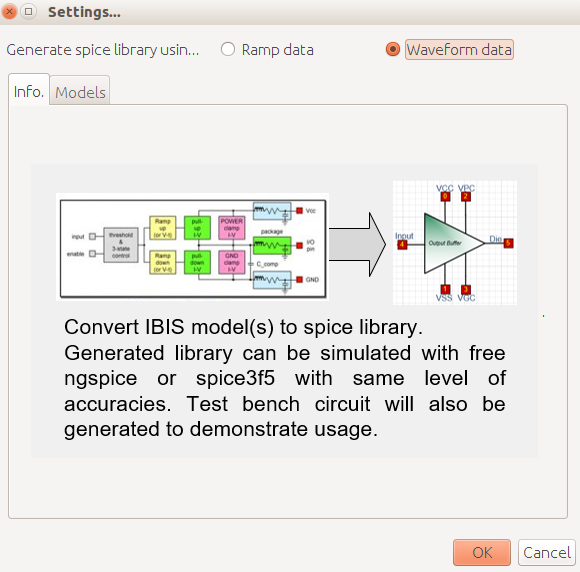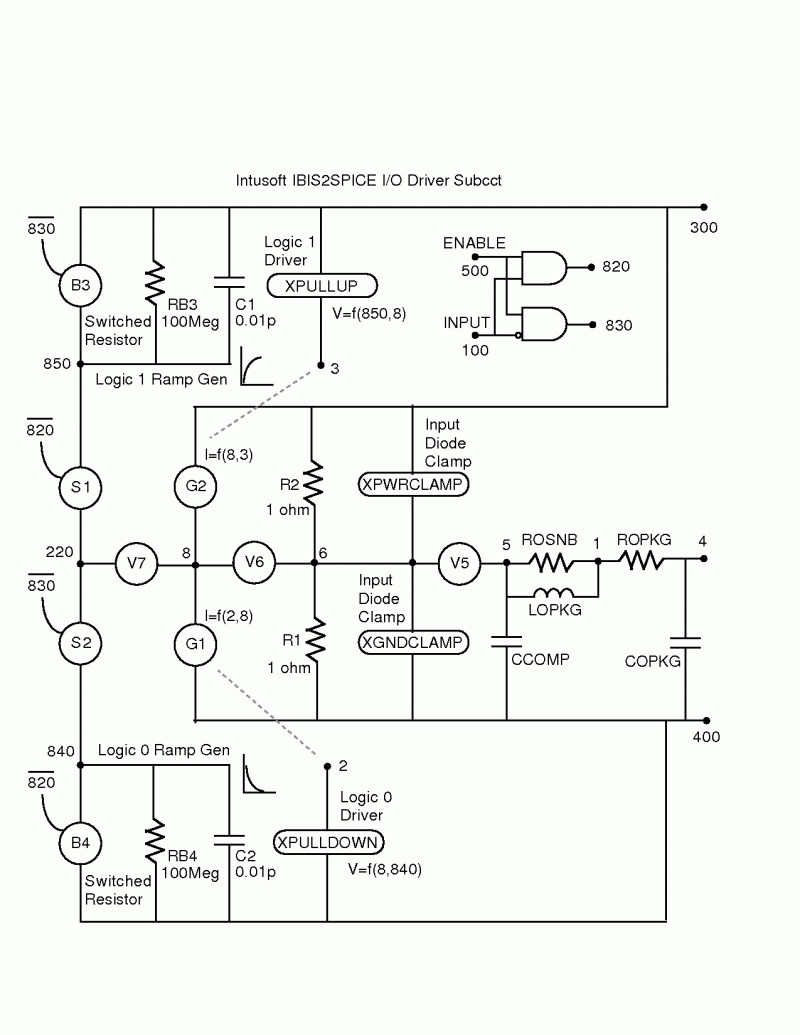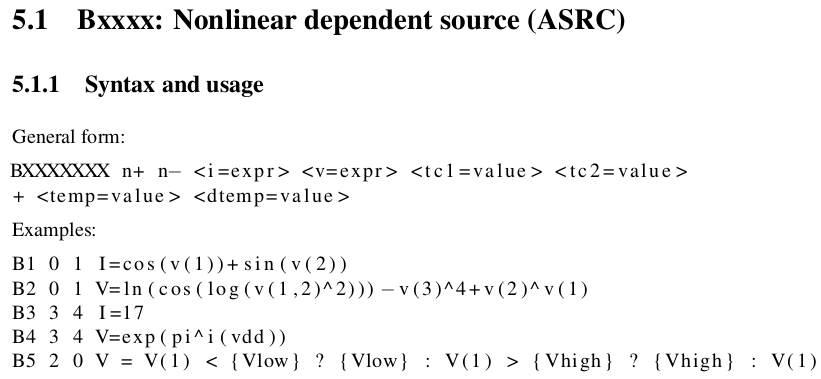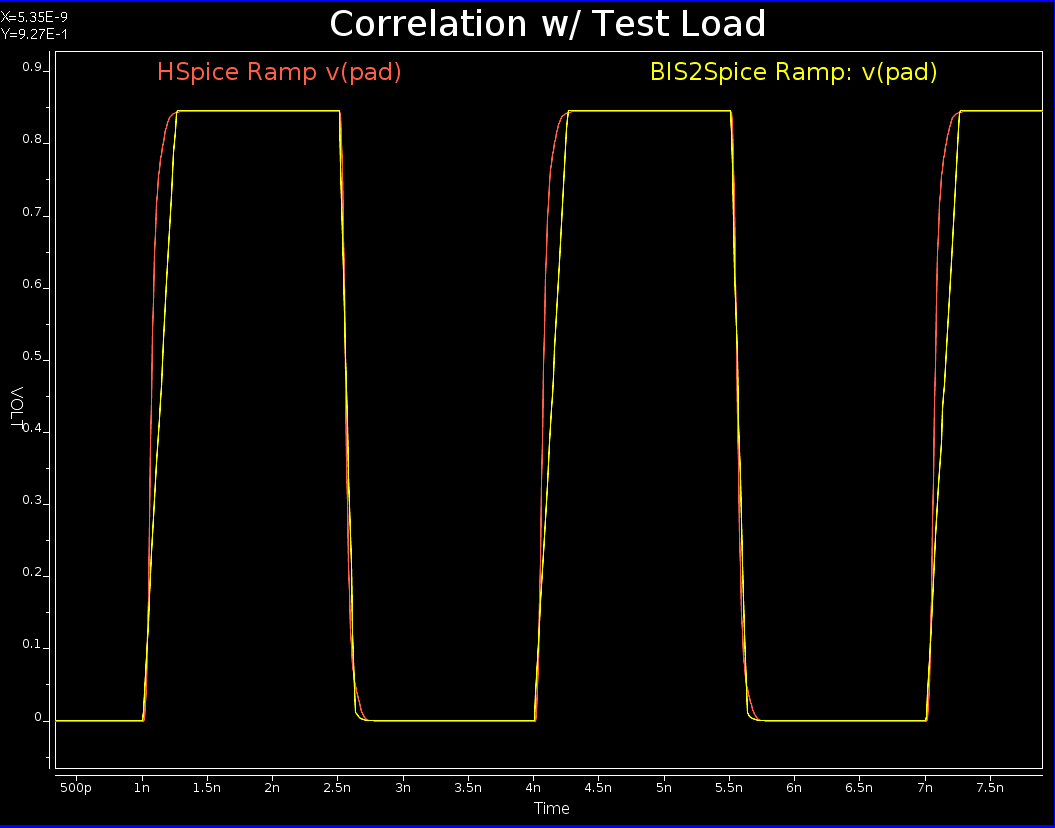I presented our developed “Ibis to Spice” flow last week at the IBIS summit of 2016 DesignCon. It was well received. In this post, I recapture discussions raised in the Q & A section for those who didn’t attend the summit.
- Q: Does free spice have IBIS parser?
- A: Nope. Neither NgSpice nor other free spice simulators that I am aware of come with IBIS parser. As a matter of fact, none of the free spice supports IBIS model at this moment. However, interested user may see what pyIBIS has offered and make use accordingly. Lastly, accordingly to the IBIS website, one can pay about $2500 and obtain source codes of golden parser. In our tool, we do have built-in IBIS parser implemented in cross-platform format to support this Ibis to spice conversion flow.
- Q: Where is ASRC? I can’t find it in Berkeley Spice 3f5’s manual.
- A: Please try NgSpice instead. Free spice simulator like NgSpice, EiSpice, LTSpice or even TISpice are all Berkeley spice derivatives. Their syntax may be deviates a little bit but the proposed algorithm should work on these simulators with very small syntax changes.
- Q: Does this template only work for buffer with symmetric rising and falling?
- A: Not true. The template we have developed will digitize the analog input to a digital one… one with very sharp rising/falling edges. The detection is based on a voltage threshold. So it does not matter whether the rising and falling time of inputs are symmetric or not.
- Q: Can this spice template account for buffer overclocking?
- A: IBIS spec does not specify how a circuit simulator should behave when a buffer is overclocked. So the results of a overclocked buffer maybe already circuit simulator dependent. Ideally, a mechanism will make sure current contributed by the pull-up/pull-down branches stays continuous during buffer clocking. This way voltage will also be continuous instead of sudden jump or drop. I suppose a more complicated mechanism can be added to the template to account for situations like these. However, it is not there at this moment.
- Q: Will there be any issue if I simulate the buffer very long, say for 1us?
- A: If the parameter used in ASRC element is too small, for example the original value of time “t” used by switching coefficients, then it will be rounded and cause incorrect results. This is because we usually use ps range as time step. That’s why we scale the value up in the template and also account for for this scaling in the pre-calculated Ku/Kd coefficients. If the scaling is 1E9 (as based line for for 1ns), then 1ps will becomes 1E-3 and 1us will be 1E3, both should not be rounded by the simulator. Thus I think this approach should work for long simulation time, such as 1us.
- Q: Why is T-Line needed? Isn’t it the case that simulator has buffer history which can be accessed for the same reason?
- A: Yes, most of circuit simulators have a buffer to record nodal voltage history. This way if one decides to use Trapezoidal rule to calculate first derivative, the previous two points can be used. Note that I am using purely spice syntax and element to mimic the dv/dt and delay effect. I have no access to the underlying C/C++ buffer structure, that’s why lossless T-Line is used. With this approach, if one want to get history data of more than one time step before, cascaded T-Line can be used. At each junction of the T-Elements stores the voltage history of previous n time steps (each T-element is one time step delay long).
- Q: Why is “fine tuning” for handing off needed? Ku/Kd should have reached steady state already before transition.
- A: When buffer is not overclocked, Ku/Kd will reach its steady states. For example, Kur will be come 1.0 at the end of rising transition so that pull-up branch is fully “ON”, while Kdr will becomes 0.0 so that pull-down branch is fully “off”. The reason we need the “fine tuning” to make sure “handing-off” between Kur and Kuf (Kdr, Kdf) is smooth is purely due to the spice syntax based implementation. Theoretically, it’s not needed. User may take the provided template and comment out the “fine-tuning” section and observe the spikes. If you find out other simpler method to filter out these spikes, please let me know.
- Q: What is next step?
- A: We plan to continue the path to support system simulation using free spice. Take NgSpice as an example, there are three approaches to add support for a new device, such as IBIS:
- Add as a native device like R, L, C: this requires knowledge of circuit simulator algorithm, the code structure and flow. Developer needs to codes in c and extend the arrays of existing device structure. It requires lots of effort and may take longer time to complete.
- Add a code-model library using XSpice extension: this requires knowledge of XSpice extension to NgSpice. Developer still needs to code in c still and compile code model as dynamic linked library, but the structure and flow is limited to XSpice device. There is no need to touch underlying spice infrastructure. It’s easier comparing to approach “1”. The compiled library is platform and os dependent, and is a little bit tedious in debugging (need to attach to a running process as the code model is loaded library). However, the developed code model library can run on any existing or released NgSpice simulator.
- Use ASRC element to model the behavior outside the simulator: This is what we have accomplished so far. It works well but performance is not that great.
- A: We plan to continue the path to support system simulation using free spice. Take NgSpice as an example, there are three approaches to add support for a new device, such as IBIS:
In current version of NgSpice, IBIS, W-element and S-parameter device needs to be added to support system analysis. We plan to continue to approach “2” above and provide support of these devices in the form of code-model library.


